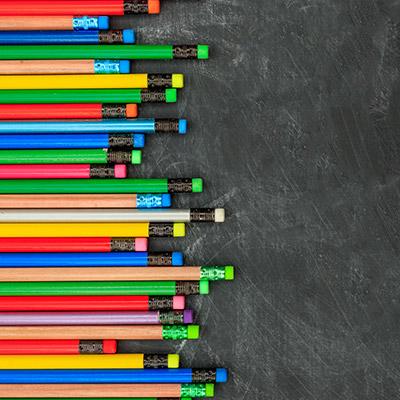
The ECO KARVE printing plate is a fabulous teaching tool not only to instruct students on the art of printmaking but also to incorporate an ecological lesson.
You are able to use recycled material to actually create art or in this case a print!
Our materials list Includes:
- 1 - 4" x 6" Eco Karve Printing Plate
- 3 sheets of recycled block printing paper
- Water based paint
- "Snap Out" Hard Rubber Brayers
- Quick Release Lino Cutter handle and knives
- Small Paint/Ink Mixing Trays
CLASS 1 - I had my 6th grade beginner art students research unusual & unique foliage that can be found around the world. We started in the library searching biology books. They each had to select one image to copy onto their 4" x 6" ECO KARVE printing plate.
CLASS 2 - I had them draw their selected image directly onto the printing Plate using a pencil. This worked out really well as mistakes are easily erased from the plate with a vinyl eraser.
CLASS 3 - We venture outside in search of different colored dirt. As we collect 3 large paint buckets of dirt in three colors we discuss how paint is originally derived from elements in nature. Different plants, bugs and dirt have been used to create various pigments. For example redder colored dirt has higher amounts of Iron while Green is usually derived from leaves and foliage. We take our buckets back to the art room and fill each one with water and stir the mixture up until its a thin mud. This mixture needs to sit and seperate for about 2 days.
CLASS 4 & 5 - We discuss the principles of printmaking, its history, techniques and safety requirements as our mud settles. Then the students begin carving out their image using Quick Release Lino Cutters and knives. I found the ECO Karve Plates to cut easily & beautifully and are much easier to use than traditional linoleum. And since the plate is 1/4" thick, we are able to use both sides!
CLASS 6 - Now that the printing plates have been carved it is time to finish the prepration of our paint/printing ink. After the 2 days you will see that the water is floating on top, in the center you will have clay and on the bottom will be dirt. Simply drain off the water and discard it and the scoop out the clay like material into paint mixing containers.
CLASS 7 - I set up stations for 3 colors to print at and the students begin rolling out our homemade paint and using 1 sheet of their recyled printing paper for each color.
CLASS 8 - Each student hangs their prints and we do a critique of work discussing what we've learned.
This was such a fun and dynamic lesson to do with my kids and the Eco Karve being a recycled material really put the icing on the cake!
I will definetely be ordering more of these for my classes in the future!




